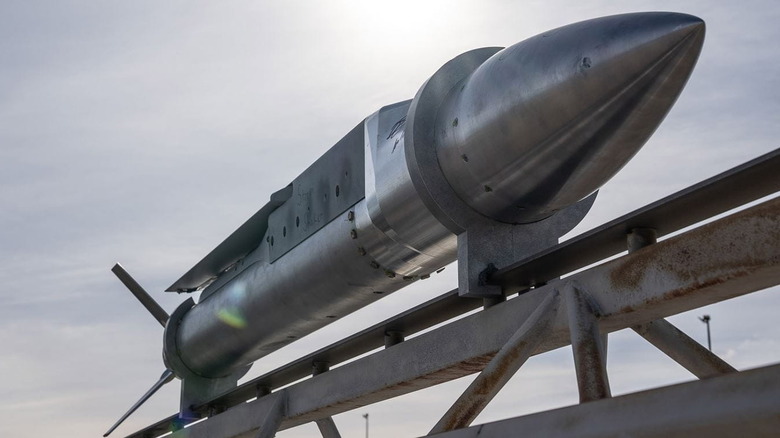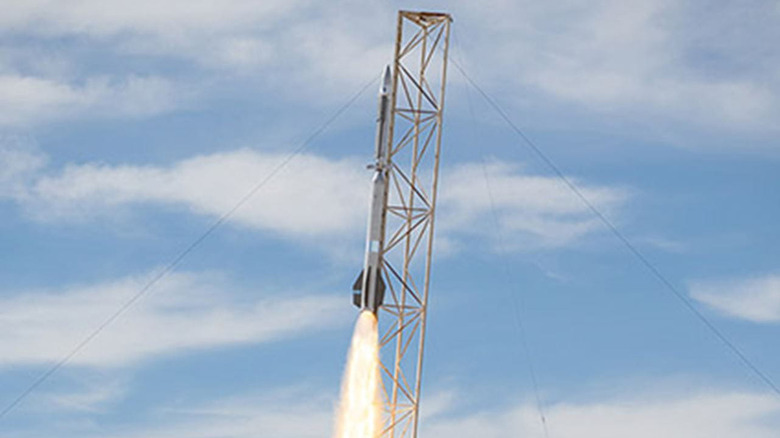This Network-Enabled Smart Weapon Is One Step Closer To Action After Hitting Key Milestone
Raytheon's latest smart weapon, the StormBreaker, has completed another key milestone in its development program. Although not ready for action yet, this milestone has been achieved remarkably quickly. The weapon is a ground-based variant of the existing StormBreaker glide bomb, an aircraft-launched weapon that has been used in Ukraine. However, the weapon's service in the country has been compromised by Russian jamming.
Remarkably, the program pushed the weapon from concept to test in 50 days, driven by the need for a weapon that can perform in GPS-contested areas. The speed of the weapon's development can at least partially be attributed to the decision to use "off-the-shelf rocket motors." With these installed, the StormBreaker reached a milestone target when it achieved an altitude of approximately 20,000 feet.
The original GBU-53/B StormBreaker, or Small Diameter Bomb Increment II, is a network-capable system capable of being launched from various fourth- and fifth-generation fighters, including the legendary F-15 Eagle and F/A-18 Super Hornet, with F-35 integration under development. Its network capabilities allowed in-flight retargeting and mission updates, as well as providing feedback on the weapon's status. Additionally, the weapon can be controlled from various sources.
The new variant is developed to expand on these capabilities with improvements including upgraded offensive capabilities and a longer range. It will also cover the same target set as the existing variant, i.e., fixed or moving land or sea targets. Let's take a closer look at the smart weapon that reached a key milestone in under two months.
StormBreaker - Breaking development records
The new StormBreaker ground missile went from concept to a Mojave Desert test launch in less time than it takes some firms to create a steering committee. Of course, this isn't a "clean sheet" project, but still. The weapon was rushed into development to address shortcomings uncovered by ground-launched small diameter bombs (GLSDBs) used in Ukraine. The existing weapons were largely Boeing/Saab GLDSBs. However, the weapon's effectiveness was so limited that its use was largely dropped by Ukrainian forces.
Mostly, this performance deficit was thanks to having to operate in a dense electronic-warfare environment. The main vulnerability was a reliance on GPS for navigation, making them especially susceptible to Russian GPS jamming. It's these failures that the new StormBreaker is seeking to address. It's also the reason that the US Army is scrambling to install anti-GPS jammers in its artillery systems.
Among the technologies aiming to achieve this is the weapon's three-mode sensor system and ability to autonomously detect and classify moving weapons in all levels of visibility. The sensor types include infrared imaging, millimeter wave radar, and a semi-active laser system. Additionally, these sensors can share information with each other to gather a more complete picture.
It also features the aforementioned networking capabilities — allowing for datalinked retasking — and additional protection against electromagnetic interference. While the weapon requires additional testing throughout 2025, the remarkable development speed that has taken it this far in just a few weeks suggests it won't be long before it starts appearing in real operations.

